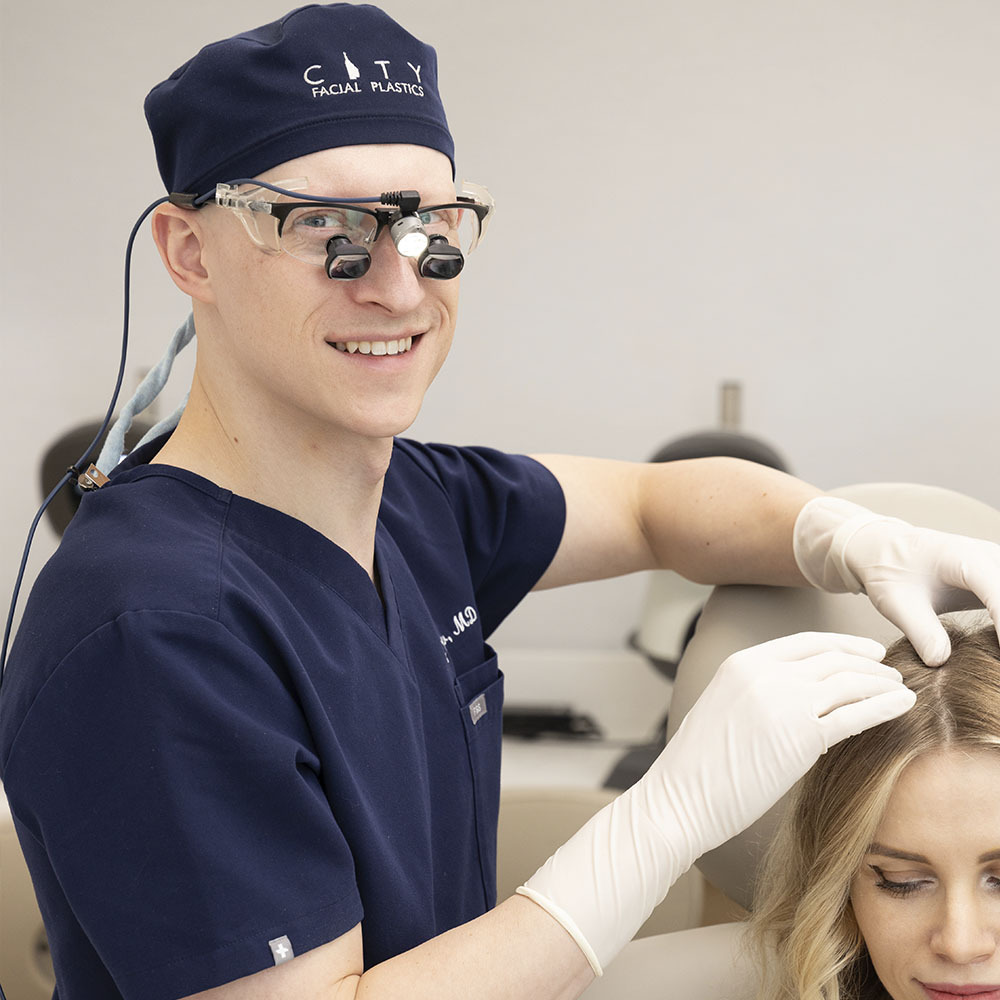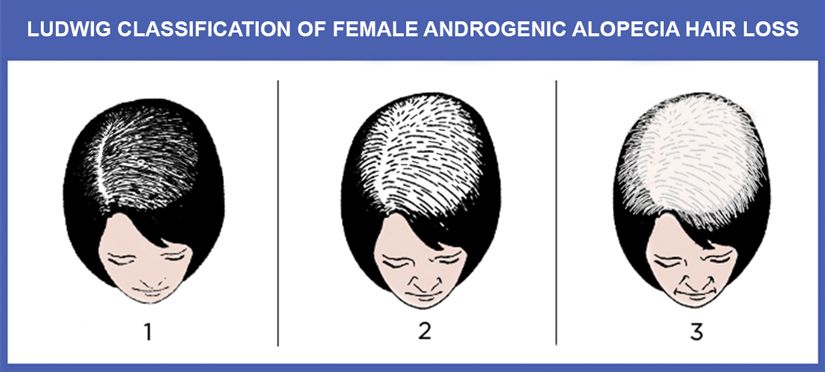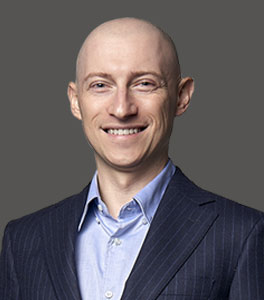

Female hair loss treatment is referred to as any procedure that aims to stimulate hair growth and stop hair loss. Thinning or lost hair can be devastating to a woman’s self-confidence in their appearance. At City Facial Plastics, located in Manhattan, NYC, we offer advanced hair growth treatments for women to restore lost hair and self-confidence. Dr. Gary Linkov is an experienced women hair loss treatment specialist and facial plastic surgeon in New York who has extensive experience treating hair loss, especially in women.


Fortunately, members of the medical community do have an understanding of the common types of hair loss in women and the best hair loss treatment for women. Before treatment can be rendered, it is critical to do a thorough medical investigation into the reason for the hair loss. For women, unlike men, there are often several reasons for hair loss. There is some overlap with hair loss treatment options for men, though certain unique scenarios exist for female hair loss treatment restoration.
21 million women in the USA have hair loss to varying degrees. 40% of women experience hair loss before the age of 40. Hair loss is often a major emotional burden and can affect one’s self-esteem and how women are perceived in the workplace and in their social circles. Many women find creative ways of covering up their hair loss as addressing the underlying cause can often be challenging, confusing, and expensive.
 Obtaining a sound hair loss history and medical history involves active listening. Most women really want to be heard and validated for their concerns.
Obtaining a sound hair loss history and medical history involves active listening. Most women really want to be heard and validated for their concerns.
Many times multiple reasons for hair loss are at play and involve different organ systems such as:
The doctor needs to connect the dots to figure out all the possible reasons that hair loss may have occurred. When it comes to specific questions that are asked to further understand the type of hair loss involved, these may include:
Medical history is also important. Asking about past medical history, family history of hair loss, diet, and external stressors may be useful.
I highly recommend Dr. Linkov! I was looking for a doctor to try PRP treatments to stimulate hair growth. It was important for me to be treated by a true hair specialist and discuss realistic results. He was very personable and honest, with great bedside manner. Dr. Linkov was extremely knowledgeable and had great technique, I was never in any pain. Highly recommend him!
J R
Female hair loss tends to occur in certain patterns that can be readily recognized to the trained eye. The basic patterns, and types, of hair loss in women, include:

While examining the hair, the quality and quantity of the hair are noted as well as specific changes to the scalp, skin, and nails. Dermoscopy (trichoscopy) can be performed to magnify the hair ostia and look for certain patterns of alopecia. Standardized photography is important for accurately tracking the progression of hair loss or response to treatment. Hair tests, such as the pull test (positive if >5 hairs removed when grabbing about 60 hairs) look for active shedding.
A biopsy is sometimes needed (4mm punch at 2 sites) to test for inflammatory conditions. Other hair tests, less commonly performed, include daily count, hair breakage test, hair check with densitometry, wash test, trichogram. Allergy testing may be done to look for tolerance to gluten, dairy, sunscreens, and hair product ingredients.
Also, lab work is helpful to identify any abnormalities, including:
Hair loss treatments for women in UES, Manhattan can be divided into three main categories (temporary, semi-permanent, and permanent), based on how long the treatment lasts. Medical therapies require continued and repeated use to maintain efficacy. Other more procedural hair loss treatments last longer after single treatments. Most of the treatment options below are geared towards the most common cause of hair loss, androgenic alopecia.
The categories and subcategories of hair loss treatments include:
Most of the medical treatments increase the terminal:vellus hair ratio so that there are fewer miniaturized hairs. Hair counts are less commonly implicated. And if no hair exists on a portion of the scalp then these remedies are unlikely to bring hair back (with alopecia areata being a rare exception).
Women with hair loss are very grateful patients when properly managed and counseled. Management requires a keen eye and ear to identify patterns of hair loss and to properly listen to the patient. Only then can appropriate care be provided.
Dr. Gary Linkov, an NYC hair restoration top-ranked expert, is a leading voice in hair restoration and hair loss treatment. He has advanced knowledge of underlying disease processes and is up-to-date on the latest therapies, offering his patients top of the line care. He also has alopecia areata himself which allows him to empathize with his patients and deliver the most compassionate hair restoration care in NYC.
Women with androgenic alopecia receded hairlines or other causes of hair loss have options to improve their scalp appearance. At City Facial Plastics, located in Manhattan’s Upper East Side, we offer several different options to help our female patients find the right hair restoration solution.
These can include:
The right choice of treatment for hair loss depends on the woman. The extent of hair loss, cause and desired result, all can factor into which treatment is best for the individual. Dr. Linkov, our hair loss specialist in NYC, offers minimally-invasive treatments that restore lost hair and improves overall appearance for female patients
If you are experiencing female hair loss and want to explore the options for hair restoration, contact City Facial Plastics in New York City. We will schedule your consultation with an internationally recognized plastic surgeon and hair loss expert in Midtown, Manhattan Dr. Linkov who will tell you more about all our hair restoration solutions. We use the most advanced options for hair loss treatment available.
I highly recommend Dr. Linkov! I was looking for a doctor to try PRP treatments to stimulate hair growth. It was important for me to be treated by a true hair specialist and discuss realistic results. He was very personable and honest, with great bedside manner. Dr. Linkov was extremely knowledgeable and had great technique, I was never in any pain. Highly recommend him!
J R

Dr. Linkov is a double board-certified by the American Academy of Facial Plastic and Reconstructive Surgery and the American Board of Otolaryngology-Head & Neck Surgery. A native of New York, Dr. Linkov graduated as a salutatorian from Cornell University and received his Medical Degree at Columbia University College of Physicians and Surgeons. Dr. Linkov conducted advanced head and neck cancer research at the world-renowned Memorial Sloan Kettering Cancer Center. Dr. Linkov is a former Adjunct Assistant Professor at New York University (NYU), where he taught Rhinoplasty.
Dr. Linkov is a top-rated facial plastic surgeon in New York who specializes in lip lift, facelift, rhinoplasty, and hair transplant. He has been named one of the top 5 lip lift surgeons in the United States, is listed in the prestigious SuperDoctors New York™ registry, and has appeared on the Dr. Oz Show, where he discussed the state-of-the-art hair transplantation procedure.


City Facial Plastics 150 E 56th St, #1AB, New York, NY 10022 (212) 439-5177